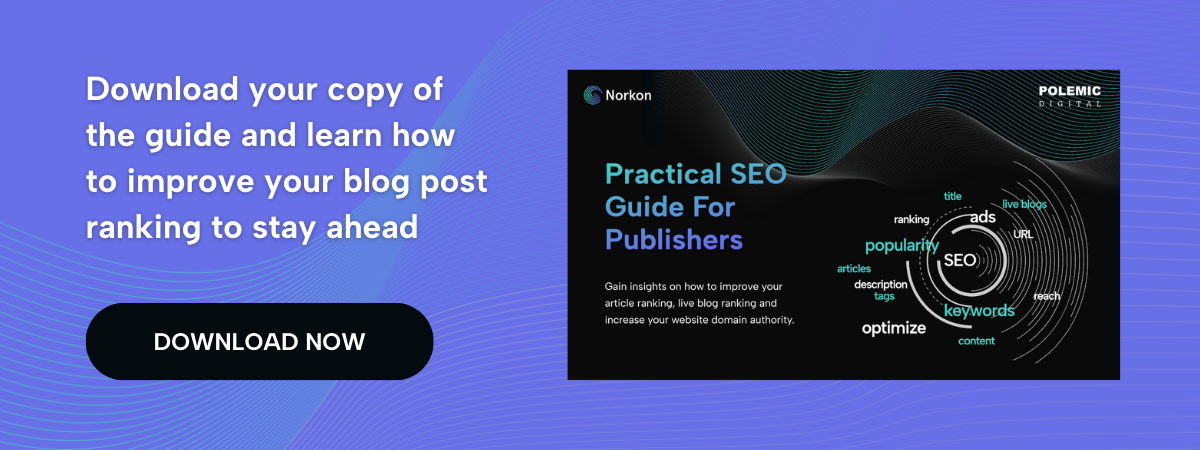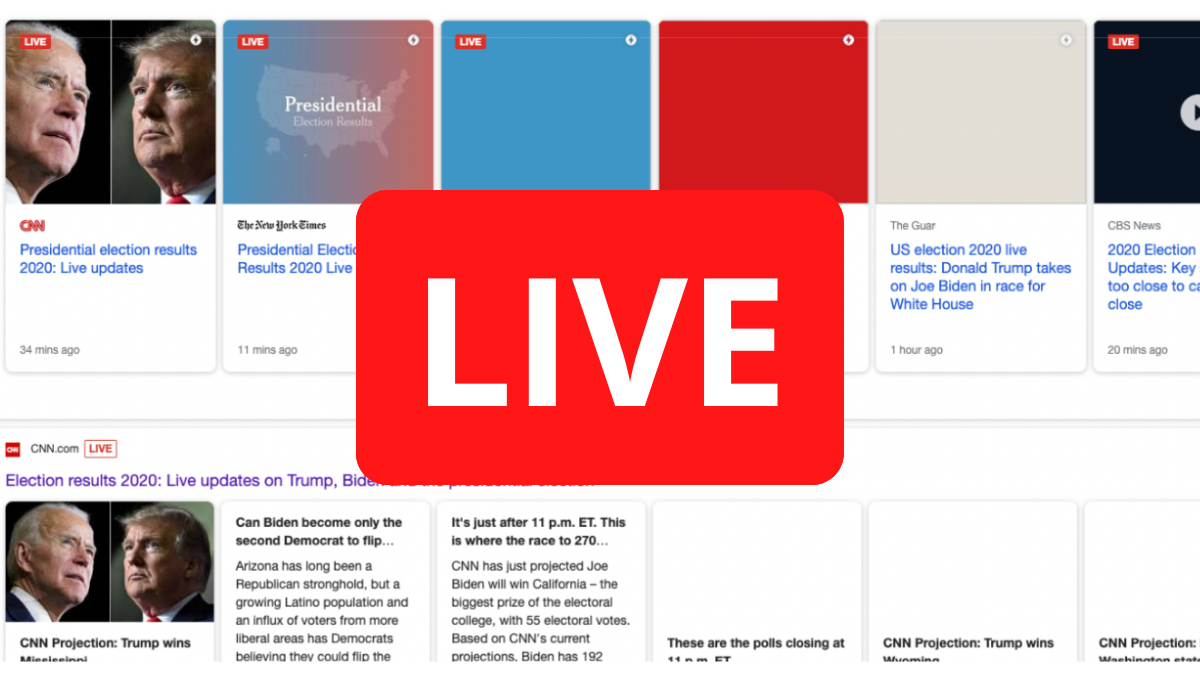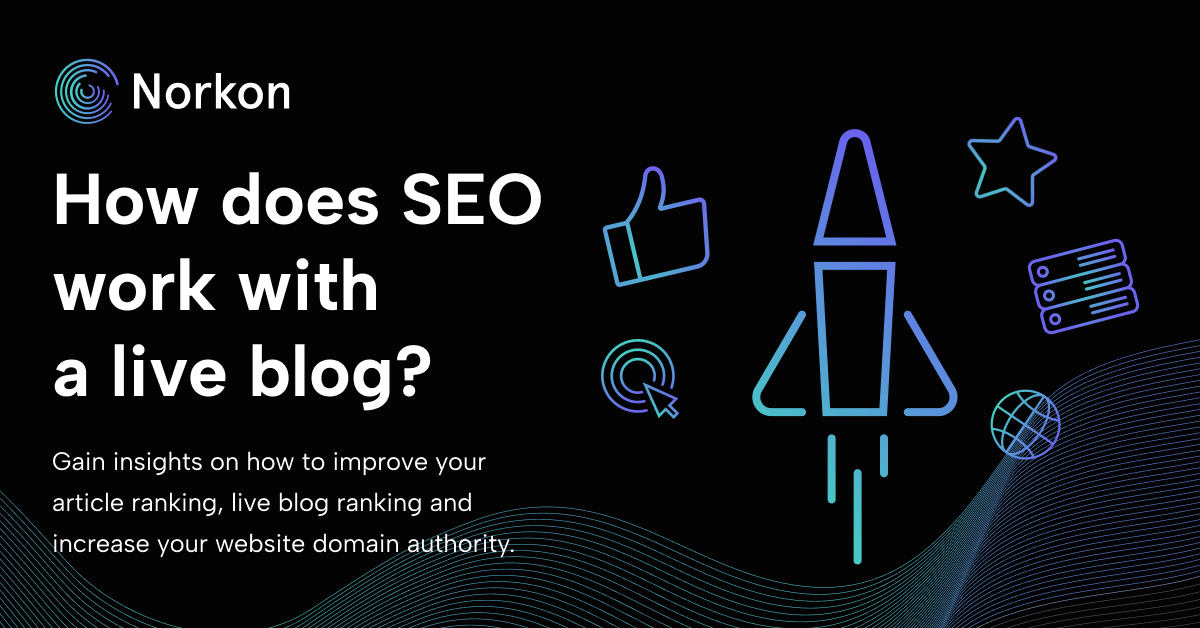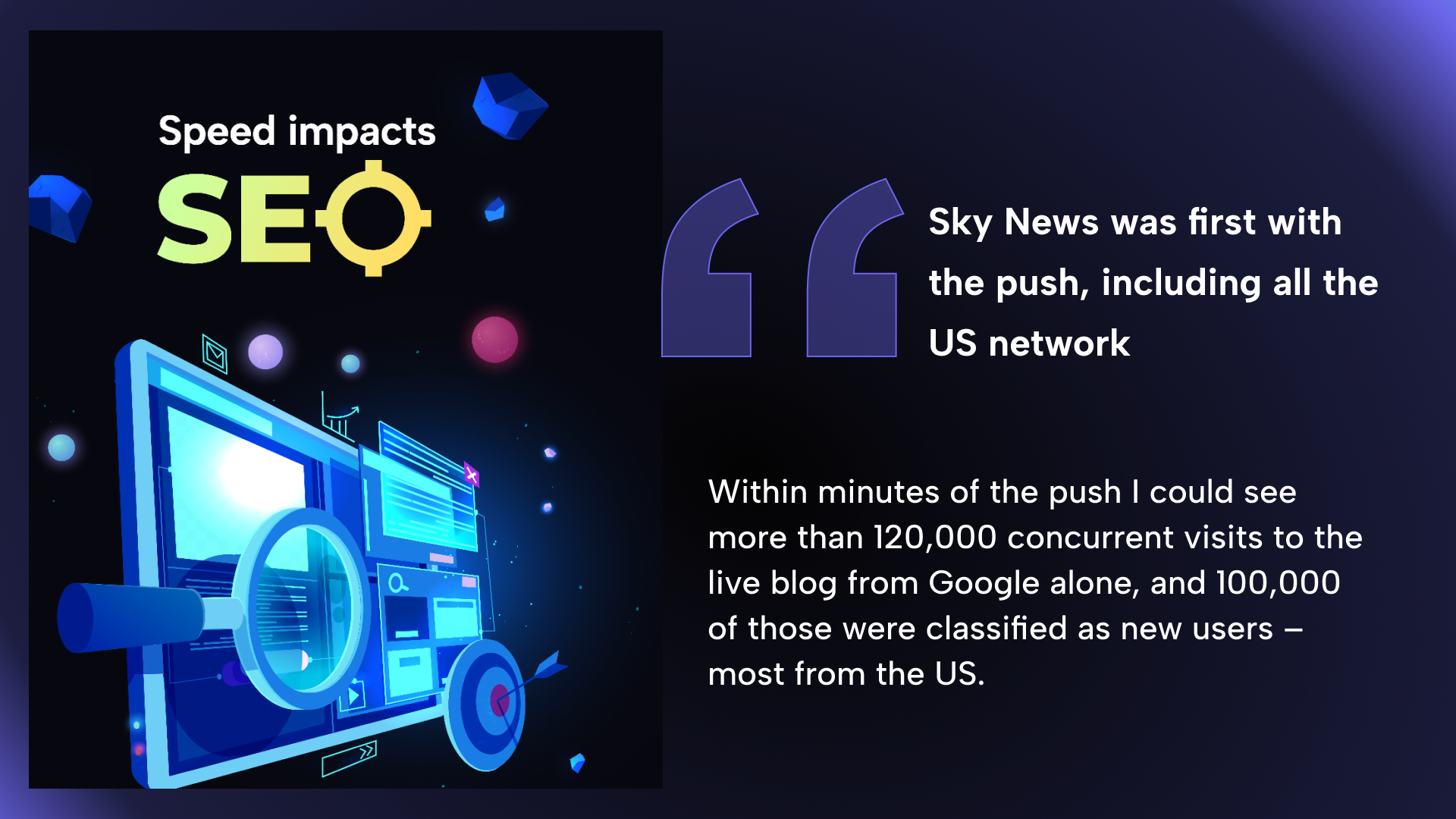5 Key Steps for SEO in Newspapers
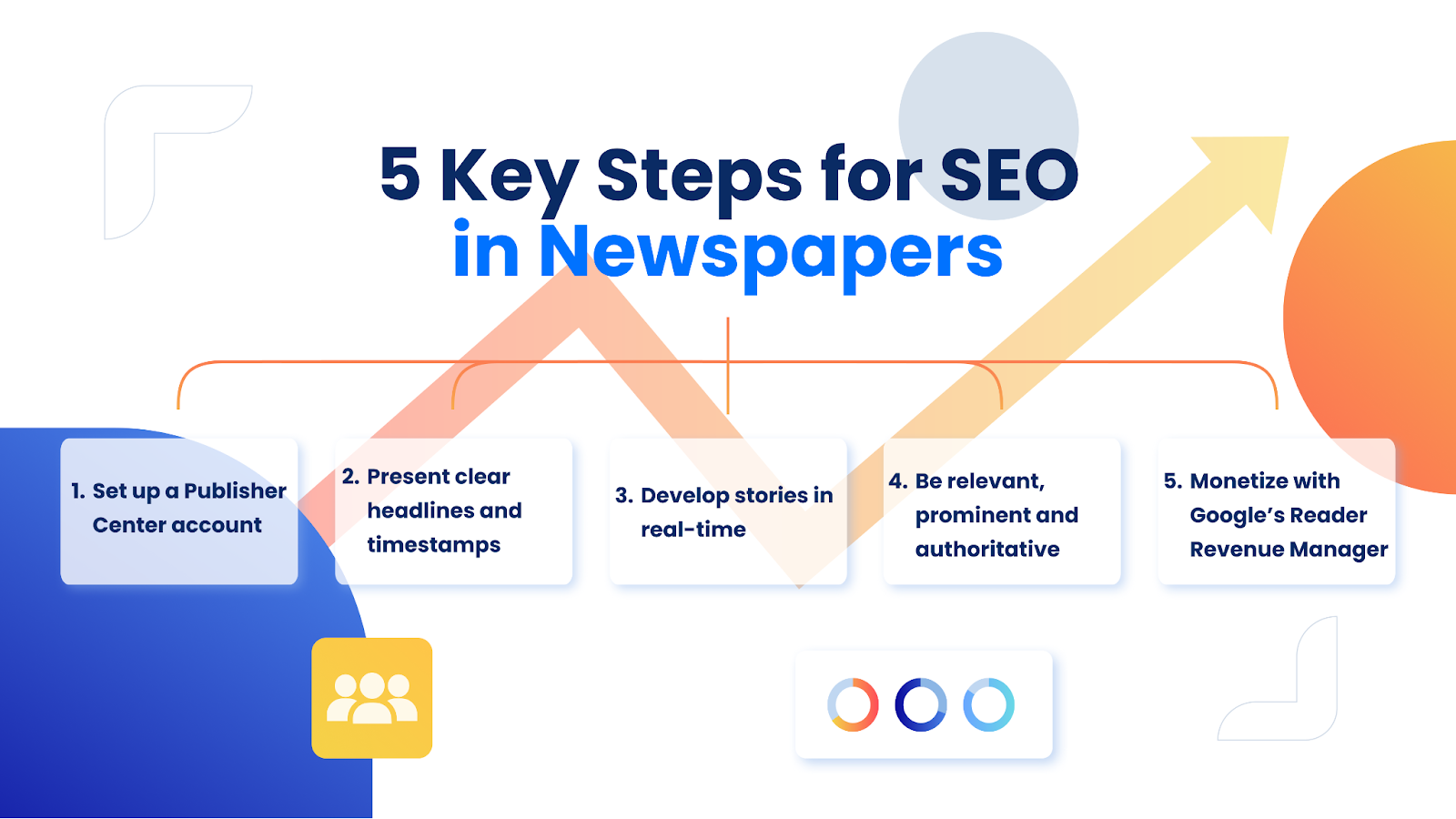
This post is also available in:
English
Attracting and retaining new readers for your content is the first step towards guiding users on their respective subscription journeys within your publication.
Google News is an essential part of newspapers’ SEO strategy as it allows publications to rank higher in search results when users search for related news stories. When optimized correctly, news articles can show up on Google News within hours or days of publication.
Unfortunately, as the digital landscape continues to change, SEO is becoming increasingly more complex to grasp for publishers. Luckily, there are a few things to do to simplify the process.
This article will go through five key steps for newspapers to follow in order to attract sustainable traffic from Google.
What is Google News?
Google News serves as the online gateway for high-caliber news and top headlines from around the world. From top stories to local happenings, Google News allows users to explore what’s happening in the world right now with:
- A personalized experience based on reader habits
- A rich display of images, videos, and maps with every story
- Breaking news alerts sent straight to the phone for major news events
Below is a screenshot displaying the top stories provided by Google News:
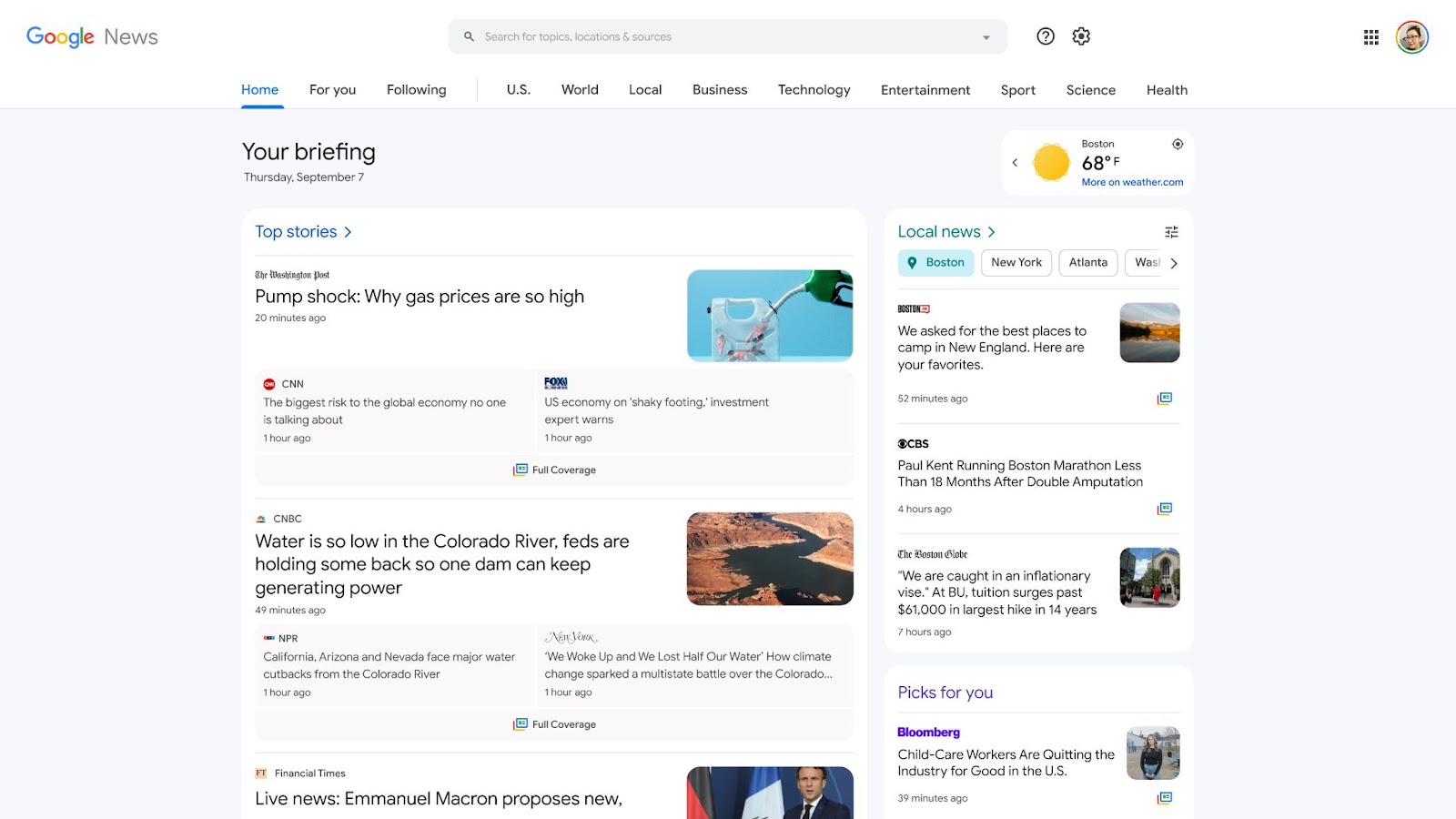
To appear in Google News’ top stories or local stories, newspapers need to employ specific techniques.
We’ll go through the key steps of how-to, regardless if you’re using a traditional CMS or a live blogging platform like Live Center.
5 Key Steps for SEO in Newspapers

1. Set up a Publisher Center account
Before digging into the strategies of SEO as a publisher, you’ll have to ensure that your Google News account is set up correctly in the Publisher Center. Publisher Center is an interface that helps publishers submit and manage their content in Google News.
While registration through Publisher Center is not necessary for Google News rankings, it does offer advantages such as:
- Control over content and branding: Design, brand, and personalize how the publication looks on Google News.
- Monetization options: Implement paywalls in Google News using the Subscribe with Google feature.
- Placement eligibility: Submit articles in the Publisher Center to increase the chance of being featured in relevant countries and regions.
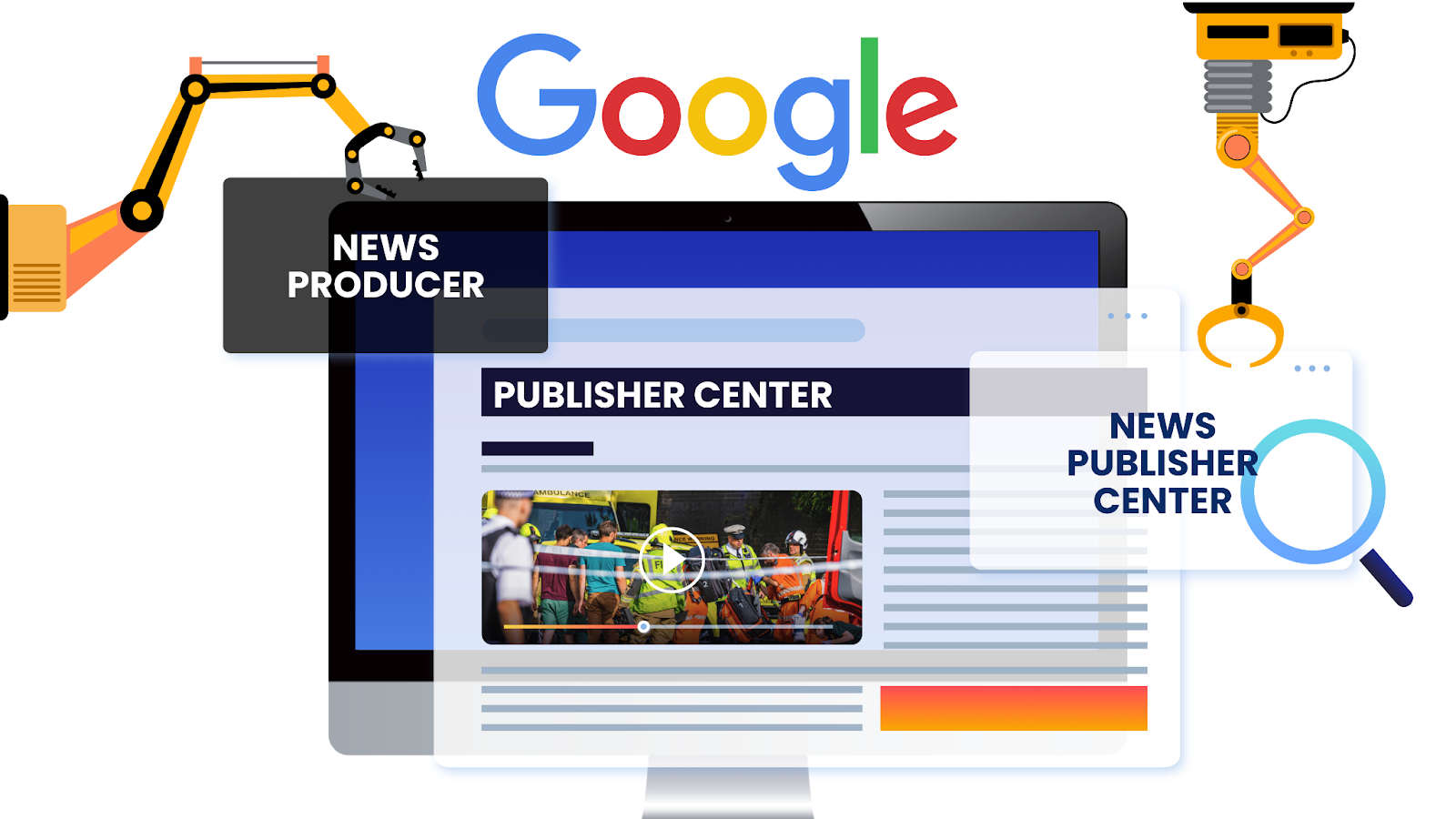
Here’s a quick cheat sheet to set up your account for SEO success:
Designate a title for your publication
Your publication needs a title that can be used across Google News as an identifier. Aim for a title that is easy to remember and accurately portrays your content and brand.
Additionally, make sure that it’s unique and not too similar to other titles that could cause user confusion. Avoid using words like “the” in the title, as well as adding in unnecessary details.
Incorporate a primary Website Property URL
To ensure that your content continues to be processed by Google, it is important to know how to notify them of any changes you make to your website.
The website’s domain, as well as a sub-domain or a URL prefix, must be specified when verifying your domain on Google Search Console. Note that only one publication can be linked to each website property. It is essential to make sure your domain is confirmed on Google Search Console.
Personalize your publication
Last but not least, it is essential to personalize your publication.
This allows you to:
- add specifics regarding your publication
- provide information about the primary location
- supply contact information such as email and phone number
- incorporate visual elements, like logos and typography.
2. Present clear headlines and accurate timestamps
Google wants you to get straight to the point with clear headlines and exact timestamps. Otherwise, it will have difficulty picking up your articles.
Ensure concise headlines:
In order to ensure succinct headlines, Google News uses various techniques to decide the heading of an article, such as checking the HTML title tag and the most noticeable words on the page.
If you publish the same content on several pages within your site, you may employ the rel=”canonical” link element.
If you disseminate your articles to other news sources or other sites in your network, they can add robot meta tags to your articles.
While live blogging, employing the LiveBlogPosting schema will further help ensure that Google News picks up the article.
Offer precise timings and dates
Google News strives to determine the date and time for an article with various methods.
Here’s how you can help them get it right:
- Include a prominent date and time: Comply with regulations, and display a single, easy-to-spot date and time located between the title and body of the article.
- Add structured data: Use the datePublished and dateModified schema, and make sure to add the accurate time zone identifier for both AMP and non-AMP pages.
Using a live blogging platform, journalists can oversee stories, headings, and timestamps with little to no developer or lead editor input, greatly reducing production time.
Hence live blogging platforms increase the probability of articles being seen on Google News while letting journalists break and develop higher-quality stories more often.
3. Develop stories in real-time and avoid duplicate content
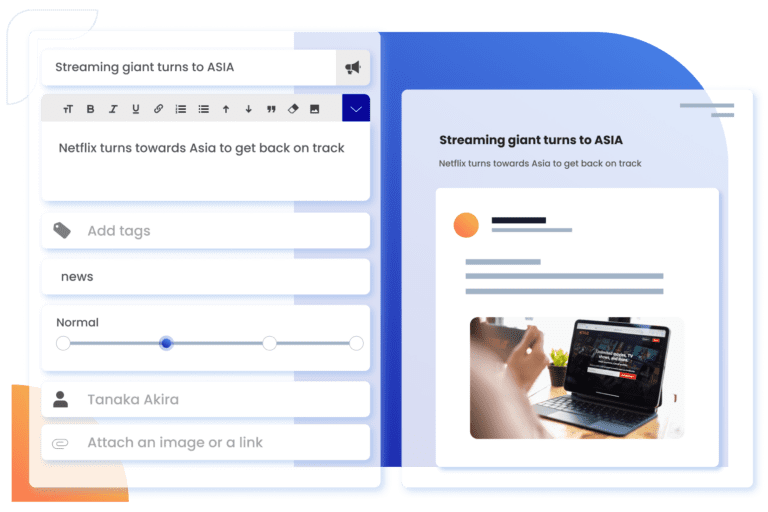
Publications are subject to the ebbs and flows of resonance and relevance as they work to stay relevant in the public eye. To stay ahead of competitors, it’s important to be on top of current affairs and generate captivating material.
With this in mind, Google News strives to give credit to news publishers who produce distinctive, original articles by giving them an advantage over recycled, copied, or redistributed materials.
Publishers are advised to follow these guidelines:
Restrict access to scraped content
Scraping is exactly as it sounds– lifting content from another site, frequently through automated means. Websites that engage in scraping are highly encouraged to prevent scraped content from appearing on Google News.
Restrict access to rewritten content
If you’re looking to boost your website’s visibility on Google News, it’s time to stop regurgitating content from other publishers.
Instead, opt for a live blogging platform that allows you to be the first to cover a topic. Not only does this minimize the risk of publishing similar content to other publishers, but it also ensures your content is unique and valuable to your audience.
Block or use canonical tags for republished content
Publishers who authorize their content to be republished can ensure that their original version performs better on Google News by requesting the republishing party to block or use canonical tags.
4. Be relevant, prominent and authoritative when publishing
Discovering relevant content has become an art and science for Google, who uses sophisticated news algorithms to connect users with the most pertinent information.
These algorithms are fueled by a myriad of signals such as:
- freshness
- prominence
- usability
- authority
- location
- language
- and even user interests to provide a personalized experience
These signals work in harmony to make a well-informed decision, and no single factor dominates the display of a story.
Let’s unpack some of these factors.
Relevance
As a start, you’ll want to ensure that your article is sprinkled with the same keywords as your search for relevance purposes. See the full list of Google’s advanced algorithms to determine what’s relevant or not.
Location
The ranking also highly depends on the location. For instance, if the user is in the United States and searches for ‘football,’ Google will show the American sport. If, however, the user were in England and searched the same term, Google would show soccer game results.
Prominence
In regard to prominence, Google’s new algorithms favor news events that are heavily covered across channels. If an event has been highly cited by other sources or if it contains significant original reporting on it, it’s most likely deemed a prominent topic.
Authoritativeness
These days, determining who’s an ‘authority figure’ or ‘thought leader’ may seem difficult.
But Google’s algorithms are designed to identify signals that can help measure which pages demonstrate expertise, authoritativeness, and trustworthiness on a given topic based on feedback from Search raters.
As a rule of thumb, the more topical authority a publication has on a given vertical, the more likely it is to rank for those types of news events in Google News.
5. Monetize with Google’s Reader Revenue Manager
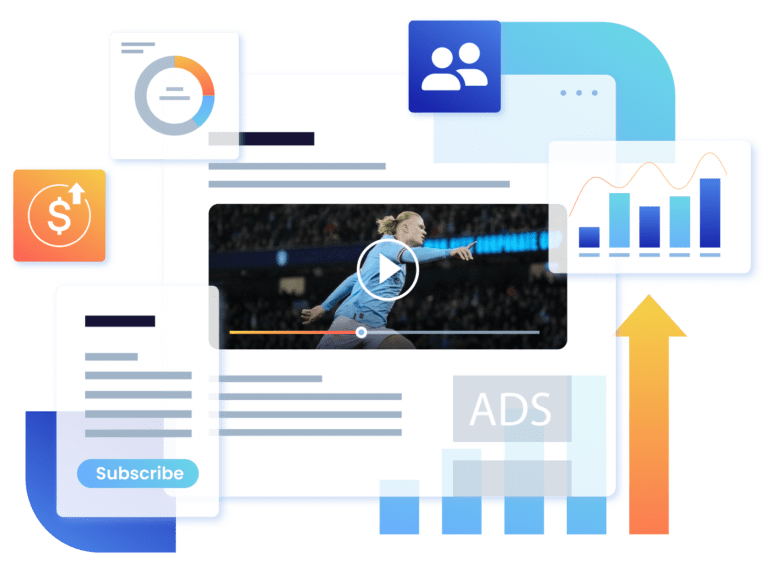
Last but not least, Google has made it easier for users to subscribe to news sites with their ‘Subscribe with Google’ feature. Users can conveniently purchase a subscription to your news site using their Google account. Readers can then utilize “Sign In with Google” for quick and easy access to paywall articles.
Although Google oversees the billing process and safeguards the payment method, it simplifies subscription management by consolidating payment in one location for user convenience.
Publishers administer their Google subscription management in the Reader Revenue Manager, a platform designed to drive conversions and engage existing subscribers across Google and accompanying sites.
If a user subscribes to a publication using Subscribe with Google, then this publication is much more likely to show up in the user’s personalized news results. By integrating live blogging efforts with Google’s subscription services, publications are set up for success and growth.
A Simplified Approach to SEO for News
Faced with pressure to grow sales and maximize subscription rates, and with advertising budgets becoming tighter by the day, publishers need competitive means to reach new audiences.
Incorporating SEO for news is no walk in the park, but the path to success significantly shortens with a live blogging approach.
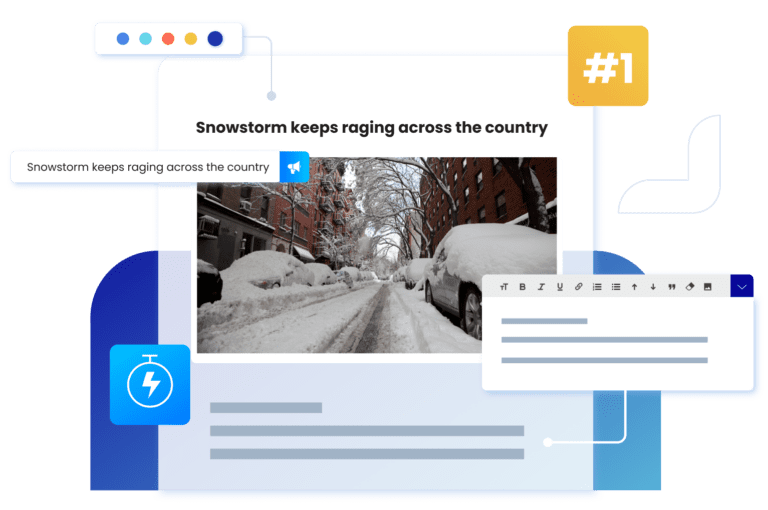
To summarize, here’s how live blogging supports SEO for news:
Through live blogging, publishers can maintain content, headlines, timestamps, and structured data effectively to improve visibility on Google News.
With the help of the LiveBlogPosting schema, publishers can capitalize on the opportunities for heightened visibility. This technology also allows publishers to be the first to break the news, reducing the risk of plagiarism.
Moreover, integrating live blogging with Google’s subscription services can facilitate higher visibility, deeper engagement from readers, and increased revenue from subscriptions.
